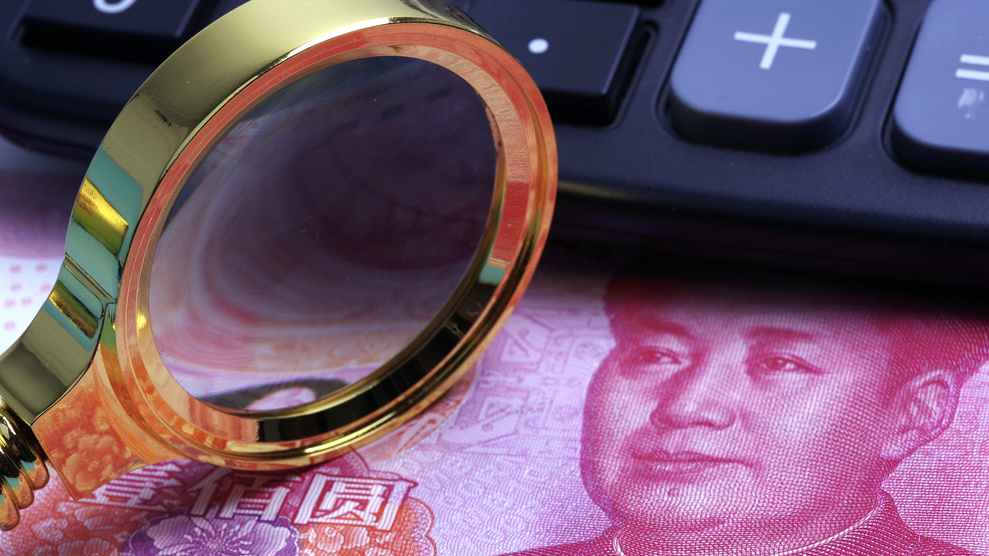
Biz Analysis
21:36, 15-Feb-2019
What does a record high value of new yuan loans mean for China’s monetary policy?
Updated
08:18, 16-Feb-2019
Xia Cheng
02:15

The People's Bank of China (PBOC) says Chinese banks extended a record high value of new yuan loans in January. When the rest of the world is getting dovish on tightening the policy, Chinese policymakers are trying to prevent a sharper economic slowdown.
Chinese banks issued 3.23 trillion yuan (477 billion U.S. dollars) in net new yuan loans in January. That's a record amount and much higher than expected, tripling the figure for December. Total social financing, a broader indicator for the credit condition, grew to 685 billion U.S. dollars in January.
"Commercial banks used more capital in January, and the policy guidance has shown effect. That leads to faster growth in the M2 money supply. Total social financing reversed a downward trend, as capital for the real economy through loans and bond issuance grew faster. Local government debt issuance also picked up the pace," said Ruan Jianhong, the director of the central bank's statistics department.
Macro policy control strengthened in January with more counter-cyclical adjustments, according to Zhou Xuedong, the director of the PBOC's Financial Stability Bureau.
"That has increased the capital support for bank lending. But the prudent monetary policy tone hasn't changed. The counter-cyclical practice and liquidity support will be accommodative to help improve China's credit structure," Zhou added.

VCG Photo
VCG Photo
As yuan loans and corporate bond issuance are trending significantly higher, policymakers are trying to prevent a sharper economic slowdown.
Commercial banks have also been instructed to lend more to private companies and small firms at favorable interest rates. Bank of China plans to sell as much as 5.9 billion U.S. dollars worth of perpetual bonds, which will be the first in the country for such debt.
The money injection came to the rescue for many indebted companies as the total debt in China is now close to 300 percent of its GDP. But the weak factory gate price data on Friday is prompting speculations that the short-term cash therapy is not over yet.
For economists, the key for the authorities is to take temporary easing measures that are not at the cost of postponed state economy reforms or structural overhaul for the economy. Some analysts believe China's economic growth is bottoming out with higher inflation outlook, which would justify China's long-term monetary policy stance.

SITEMAP
Copyright © 2018 CGTN. Beijing ICP prepared NO.16065310-3
Copyright © 2018 CGTN. Beijing ICP prepared NO.16065310-3